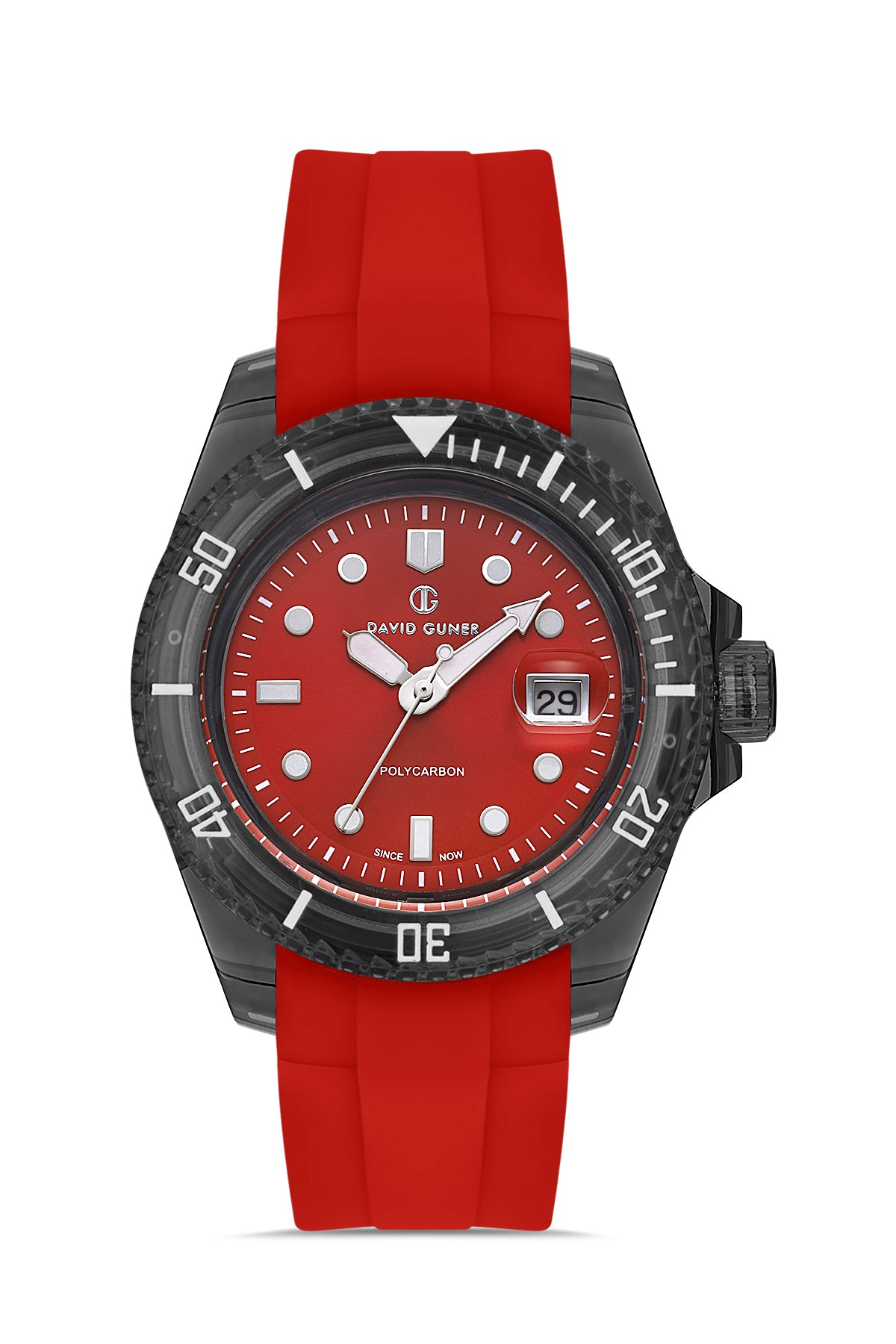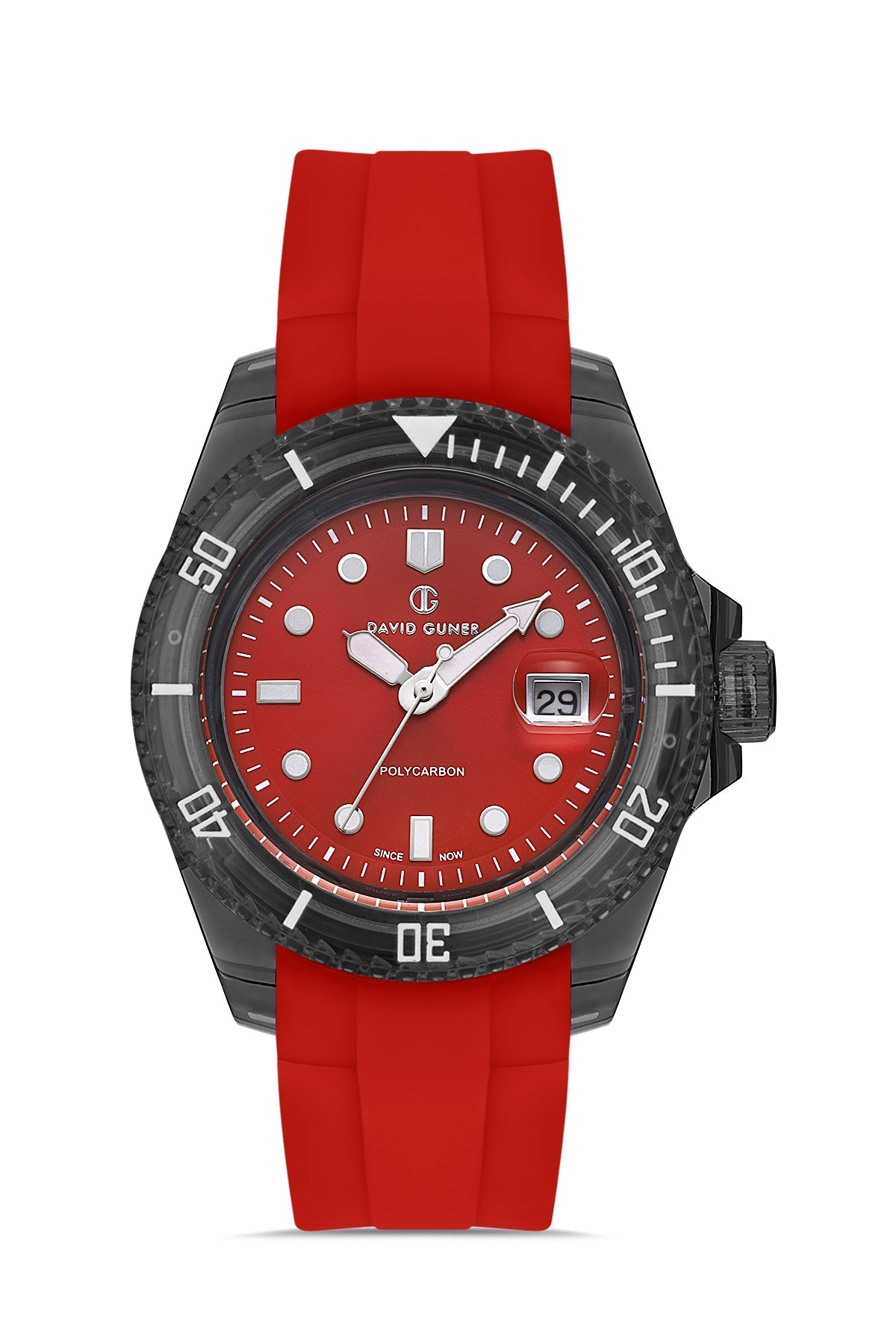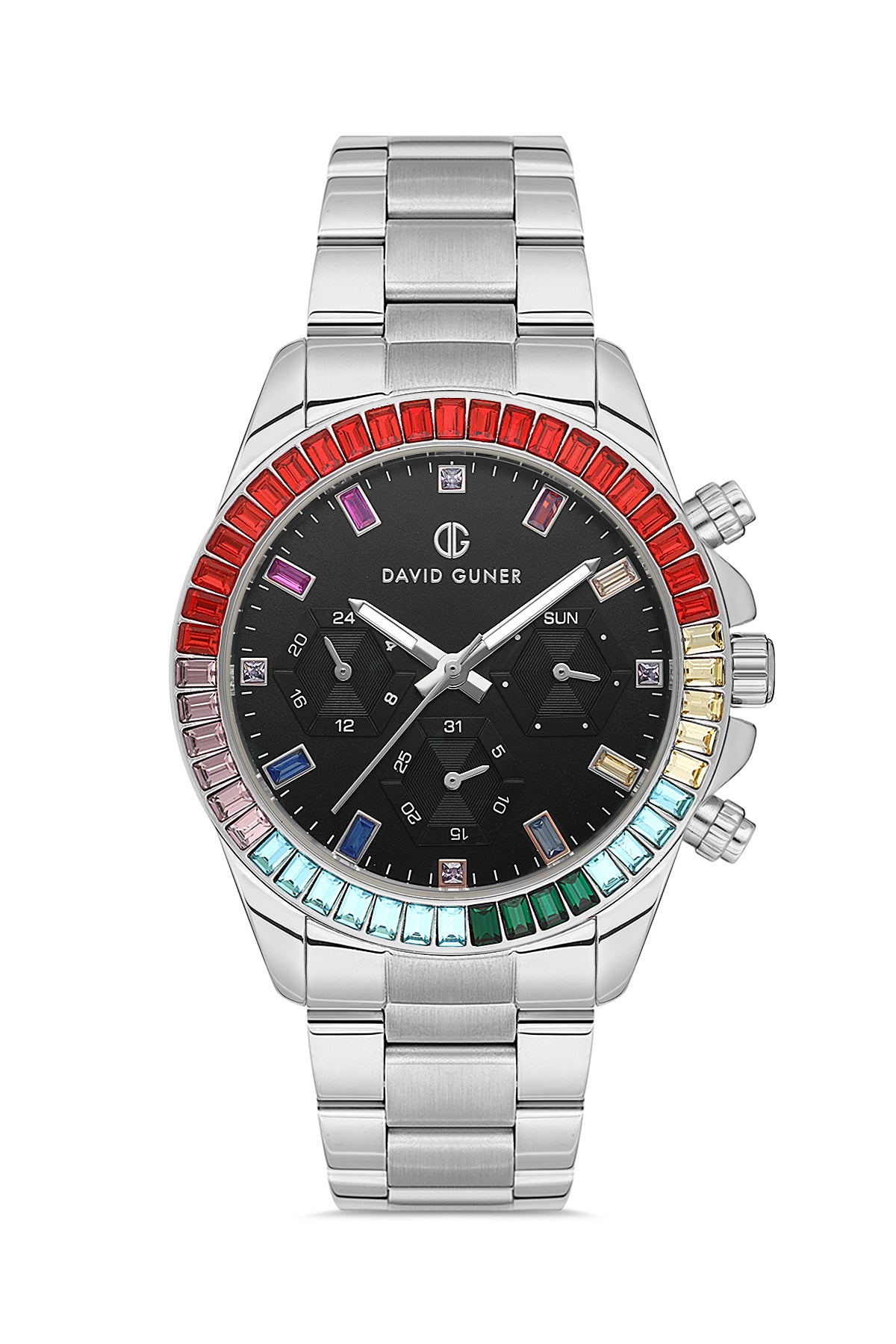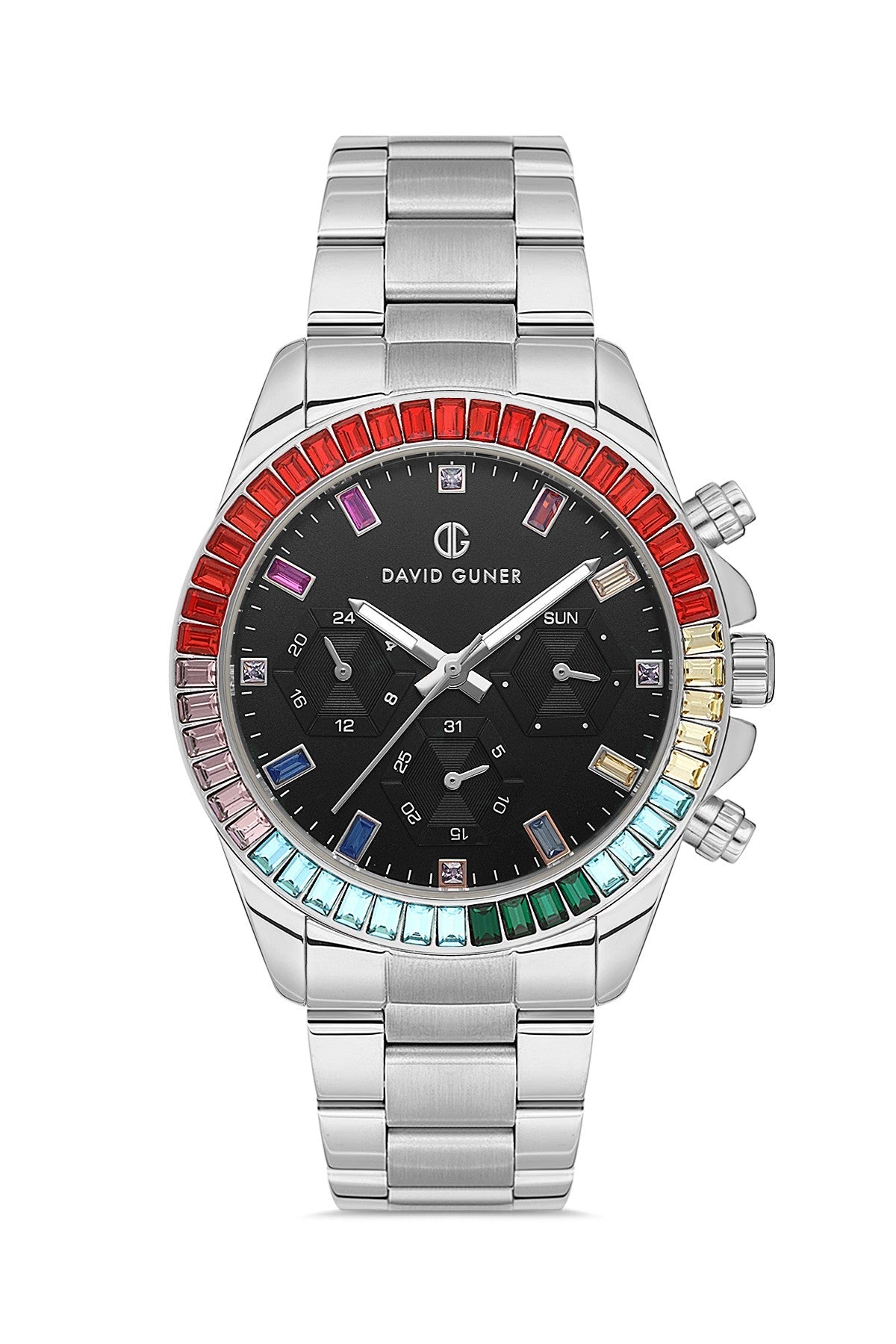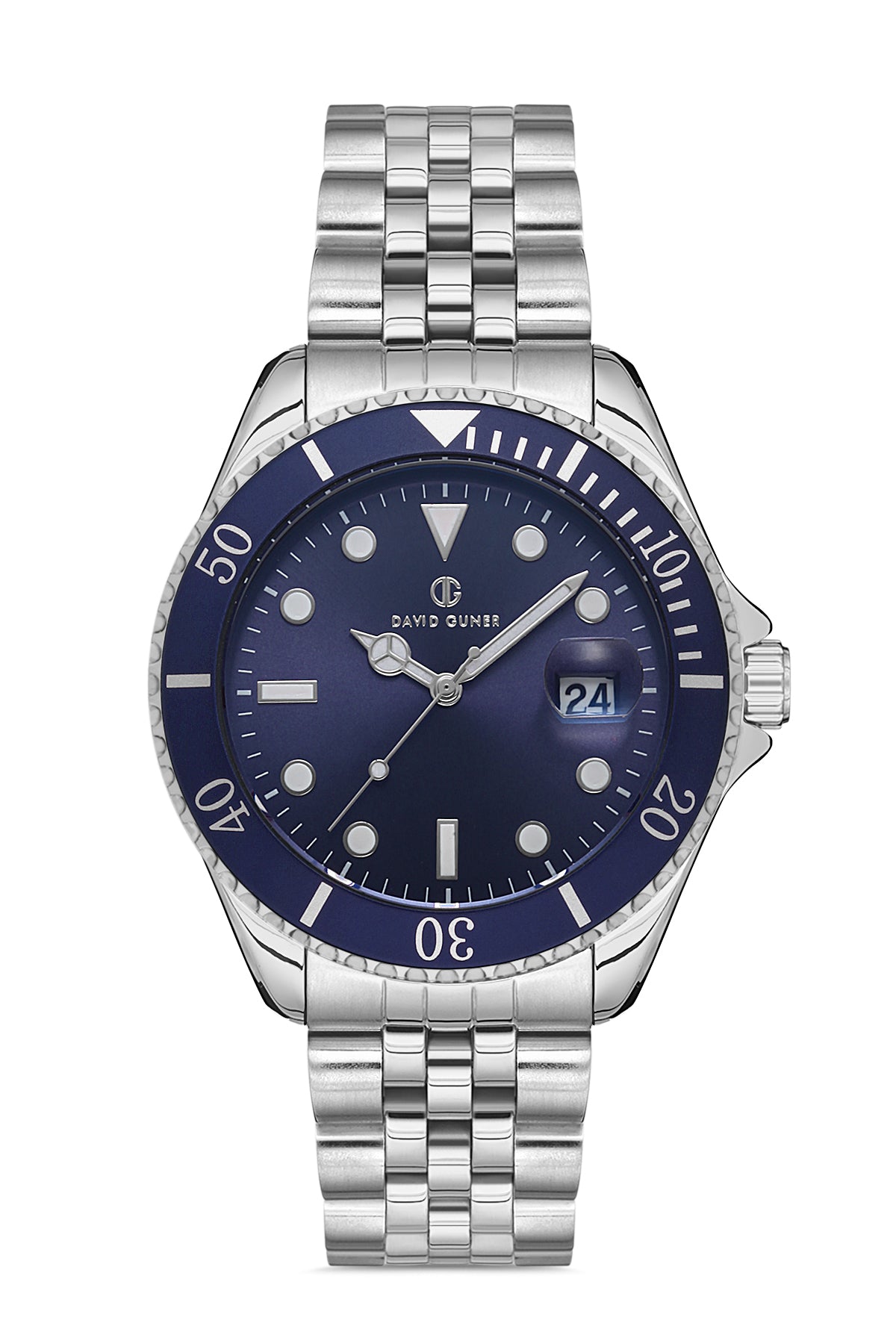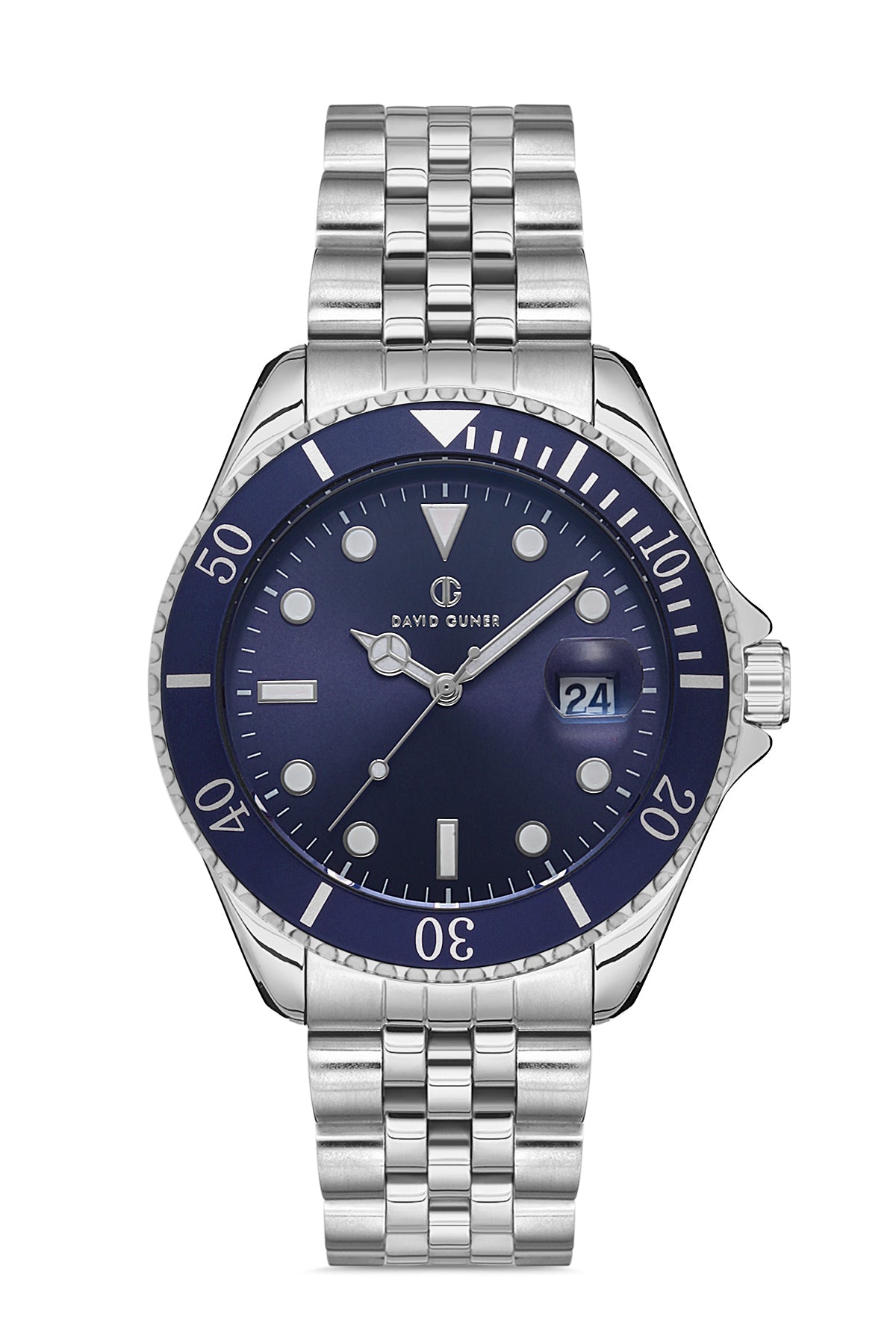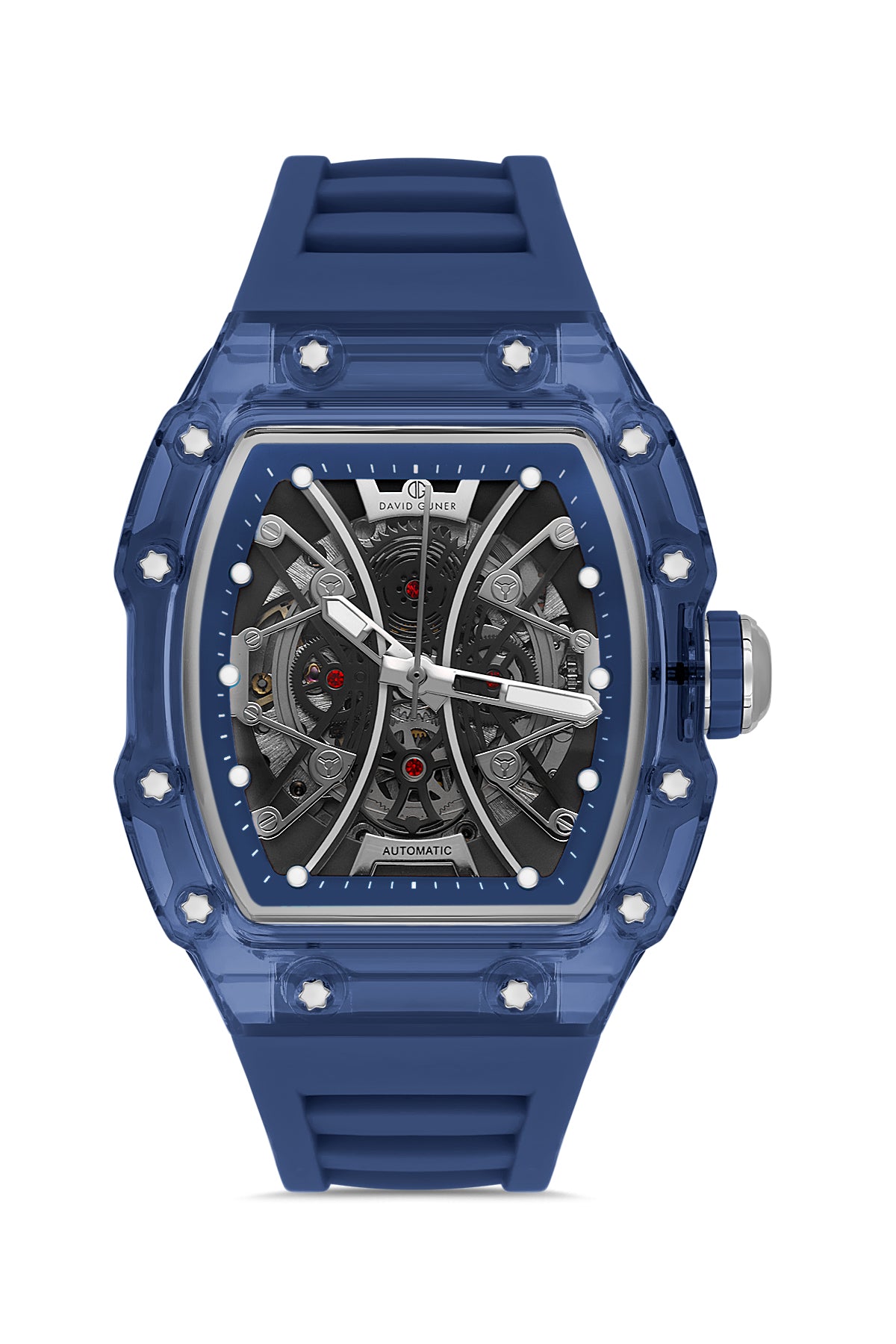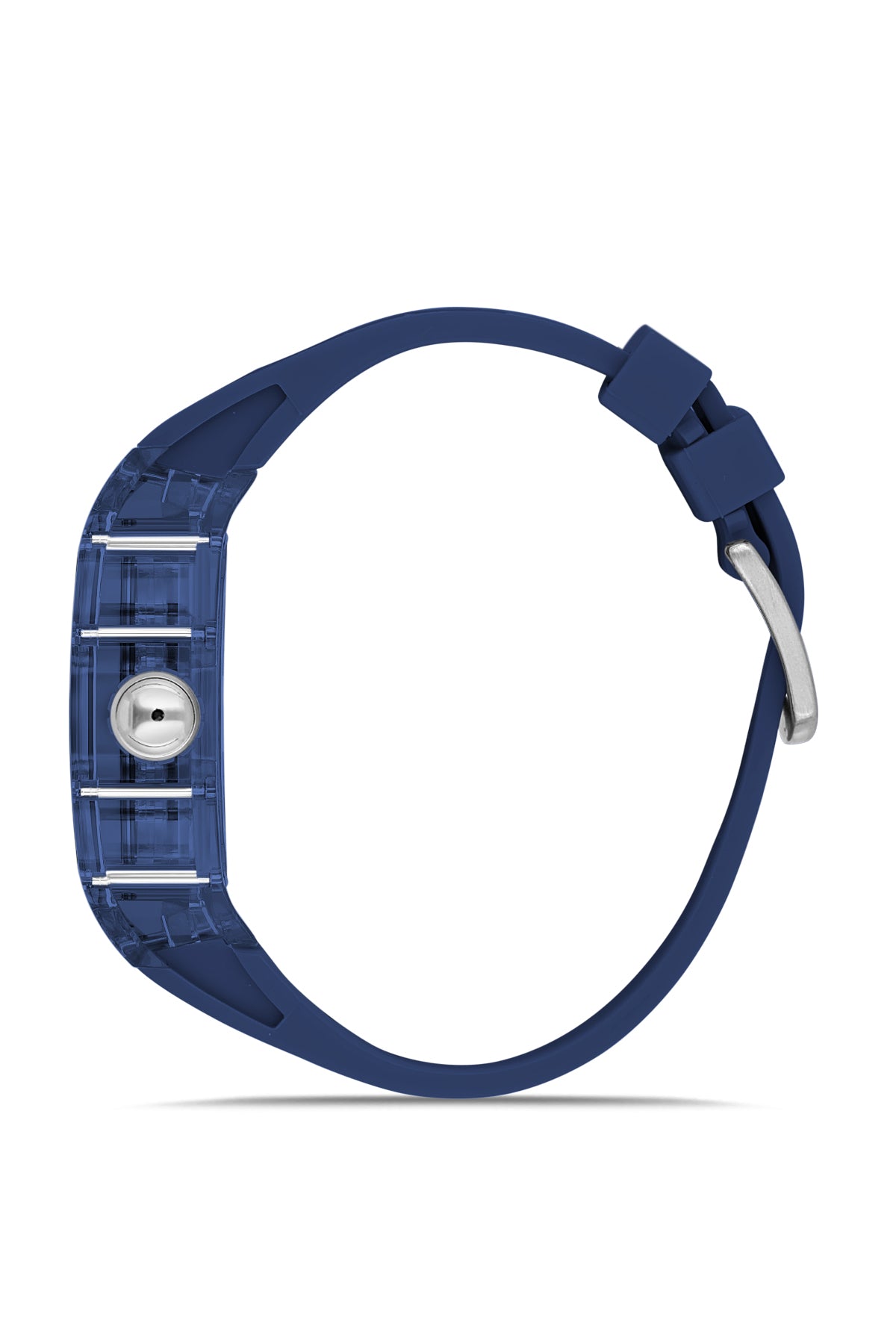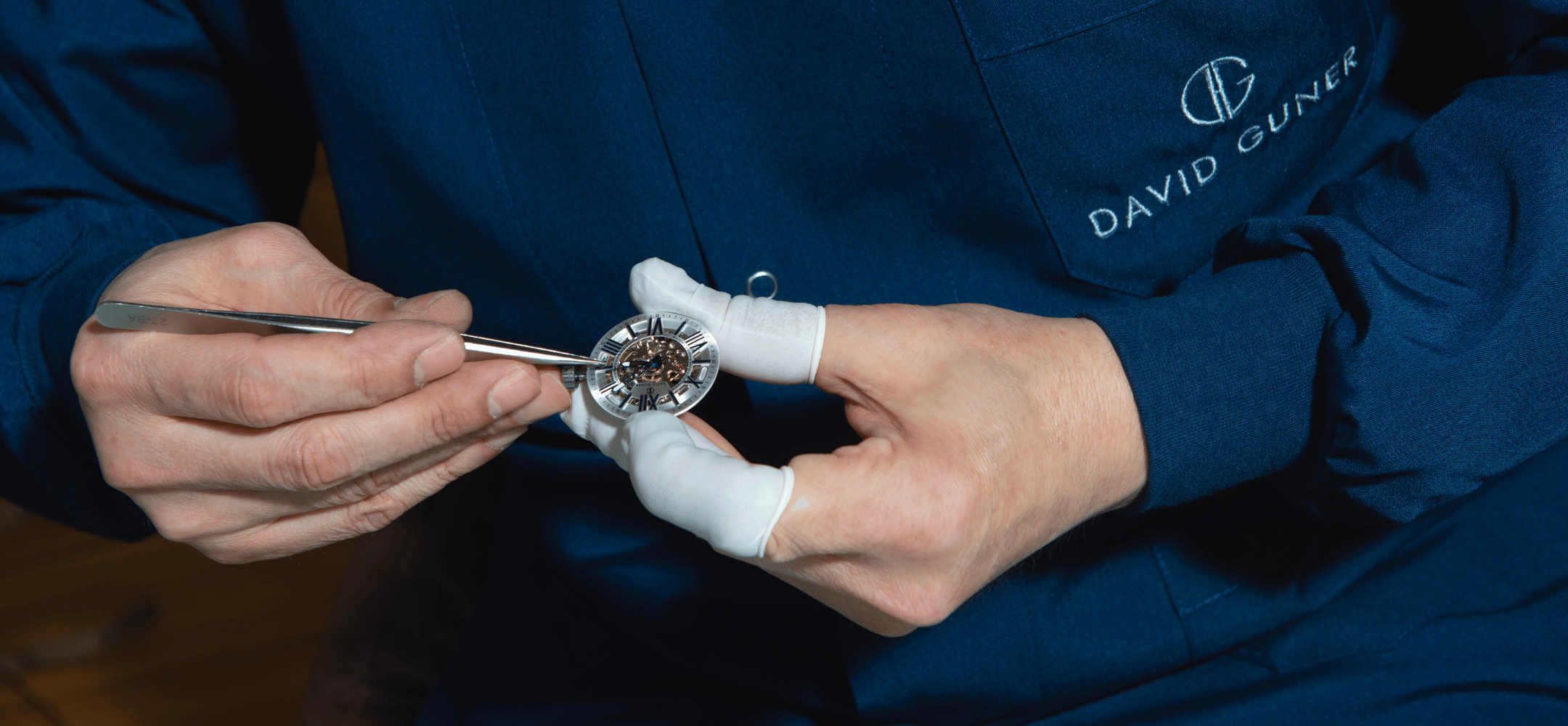Sundials were replaced by clocks that worked as mechanical devices. These devices, which have a mechanical working principle, began to measure daily time with two rods. The short bar indicates the time zone, while the long bar indicates the minutes. Considering that the day is divided into twenty-four hours, time is measured on these hours divided into twelve hours. The hour and minute hands, the two important indicator sticks of the watch, can sometimes be confused as to which one is shorter. For easy understanding, the hour and minute hands are designed in different lengths. The hour hand is designed shorter than the minute hand. The minute hand is longer than the hour hand and stands out as thin in some designs.
What is the hour hand in watches?
In French, the word 'petite aiguille', which means small needle, is used as the equivalent of the word scorpion. In English, the word hour hand is used instead of the word hour hand. So why is the word scorpion used in Turkish? This can be a thought-provoking question. However, on the other hand, it is accepted that this word started to be used as if it were a figure of speech. Like most traditions and cultural elements, it has become a term widely used by everyone over the years. Since the scorpion is a creature with the ability to make fast and sudden movements, it was named as a scorpion because they made this analogy to the stick that shows the time zone, and it was accepted as such. The term scorpion, which has no connection with words used in other languages, has found a place in the names of watch parts due to such an analogy. As can be seen, this information, which most people who use watches are curious about, actually stands out as a type of richness resulting from the reflection of our cultural values in our daily lives.
What is a minute hand?
Clocks with three sticks for hour and minute hands have been a useful tool for people to measure daily time for a long time. When we think about where the names of clock parts come from, the terms hour and minute hands may seem like meaningless words. The minute hand, which is designed to be longer than the hour hand, is not used in European languages. In English, the word 'minute hand' is used instead of the minute hand. In French, the term 'grande augiille', meaning big needle, is used. So, where did the term minute hand come from in our language? When we examine the origin of the word minute hand, it is assumed that it is derived from two different words of Turkish origin. One of them is the word 'yelkemek', which means hasty and fast, and the other is the word yel koğan, which means idle. The word "yelkemek" (hasty) was used as "yelkemek" over time and took its current form. We can encounter many similar stories in the history of languages. There may be some variability in the way words are pronounced over the years. In this way, the term minute hand, which comes from the words "yelkemek" and "yel koğan", has become one of the terms in our lives.
Why Are They Named Hour and Minute Hands?
Why were clock parts given names like hour and minute hands? We talked a little about where the hour and minute hands of the watch come from. Based on the basic meanings of the words and making an analogy, these names were given to the parts of the clocks and were used that way. To show that time passes quickly, the hour display is named after the scorpion animal. In other words, an analogy was made by associating the scorpion's ability to move quickly with the rapid passage of time. It is almost like an example of the beauties contained in our beautiful language. The minute hand was used in a similar way to the hour hand. The term minute hand, which is claimed to be derived from the word "yel koğan" (idle-walker), may have been chosen due to the relatively fast movement of the minute stick. Choosing words using rhetoric instead of attaching mechanical words to the parts of the watch, as in other languages, proves the vitality of our culture. We reflect our culture by attaching meaningful words even to our time-measuring devices. This is where the names of the parts of the clock, the hour and minute hands, come from.
How Many Times a Day Do the Hour and Minute Hands Overlap?
The hour and minute hands may overlap during the day. Considering that there are twenty-four hours in a day, the angle between the hour and minute hands becomes zero twenty-two times a day. While the hour hand makes two complete revolutions during the day, the minute hand completes twenty-four revolutions. The angle between the hour and minute hands varies depending on the time of day. Therefore, the number of overlaps occurs with the angles made by the hour hand. The hour hand does not remain stationary on the clock and moves towards the next hour according to the passing minute. This movement causes the hour and minute hands to overlap each other not twenty-four times but twenty-two times during the day. This phenomenon, which is also the subject of mathematics lessons, is not actually difficult to understand. The answer to this question can be reached even by counting by hand. The only thing to pay attention to is the movement of the hour hand in its current time zone. Since it does not remain fixed on the hour it points to, the number of times it overlaps the minute hand is different from what first comes to mind. As you can see, the angle between the hour and minute hands can be zero and the hour and minute hands can overlap twenty-two times during the day.







